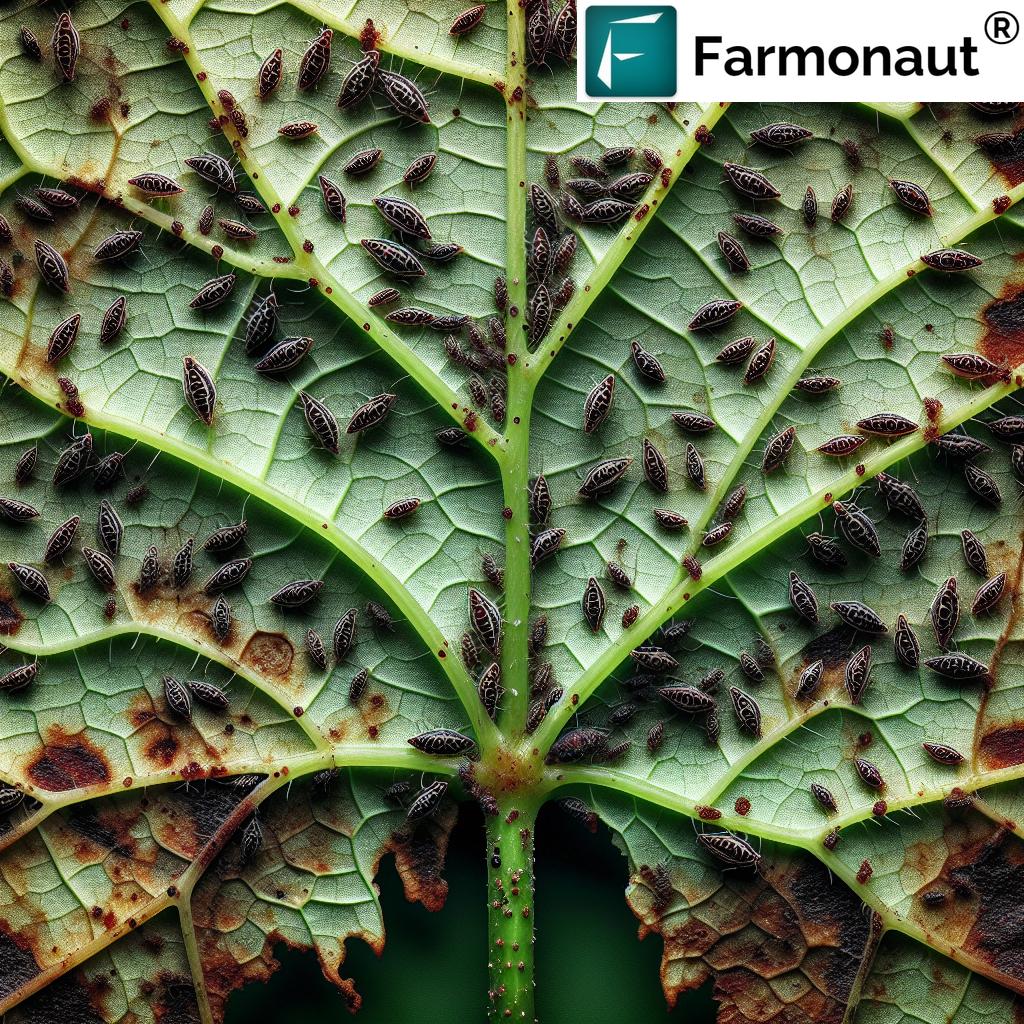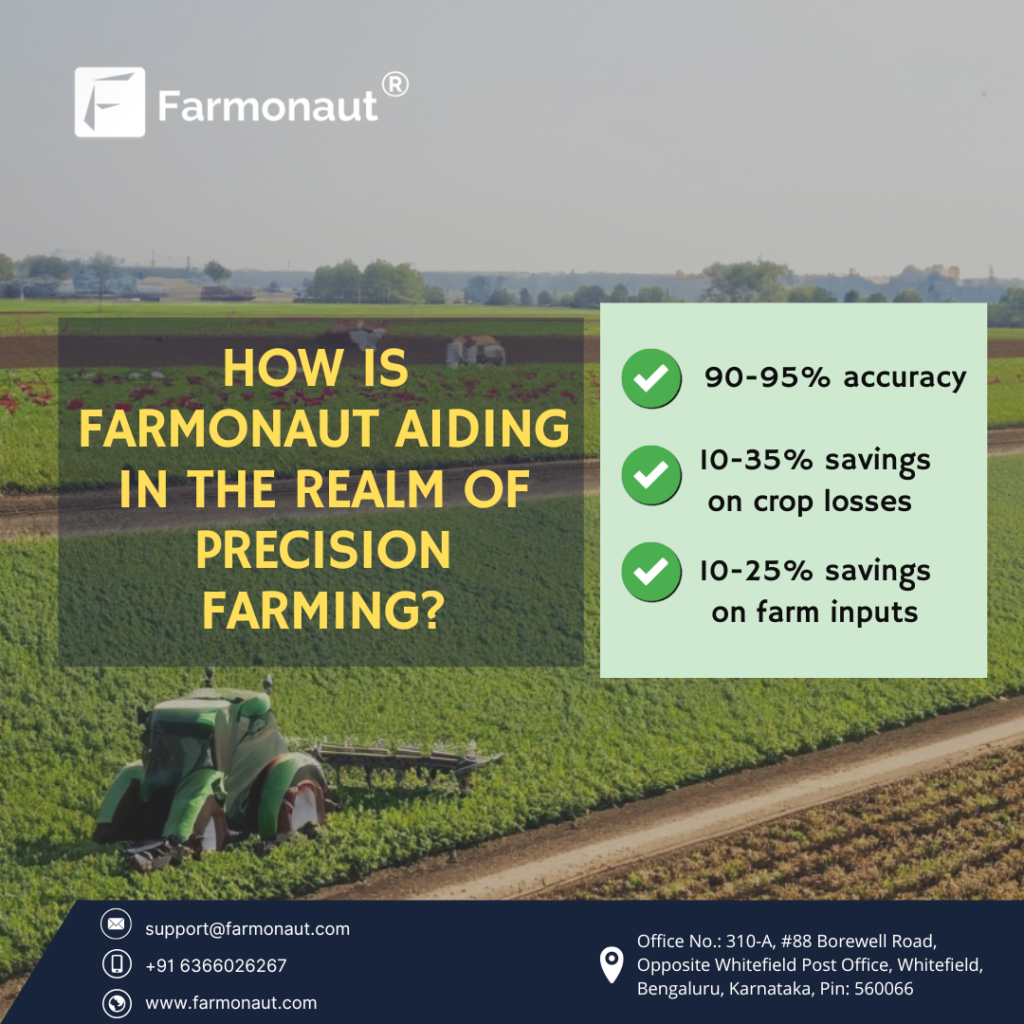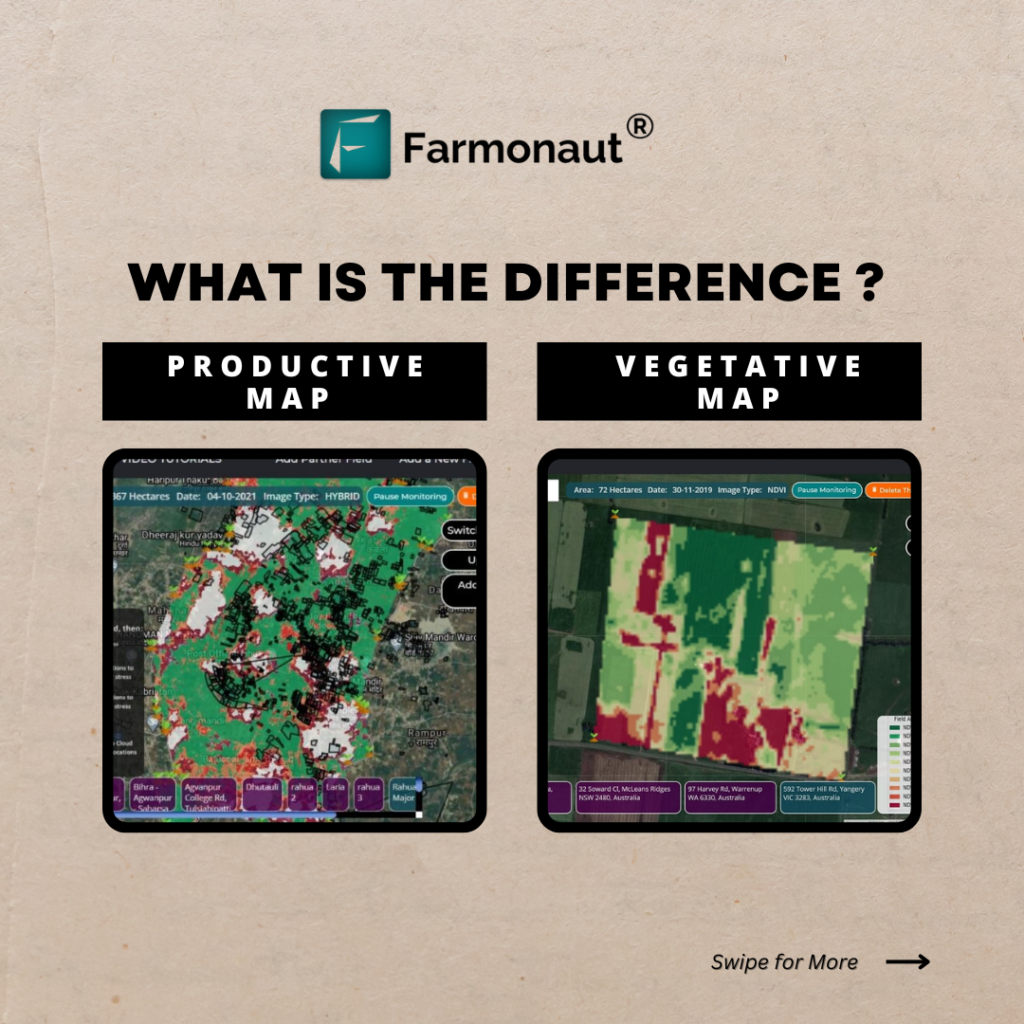Organic Thrips Control: Protecting Grapevines, Pomegranates, and Other Host Plants from Red and Black Pests

In the world of agriculture and horticulture, pests are a constant challenge that farmers and gardeners must face. Among these pests, thrips stand out as particularly troublesome insects that can cause significant damage to a wide range of plants. In this comprehensive guide, we’ll explore the world of thrips, with a special focus on organic control methods and the protection of various host plants, including grapevines, pomegranates, and other susceptible species.
Understanding Thrips: The Silent Destroyers
Thrips are tiny insects that belong to the order Thysanoptera. These pests, often no larger than 1-2 millimeters in length, can cause outsized damage to plants due to their feeding habits and ability to reproduce rapidly. Let’s delve into the characteristics of these minute yet mighty pests.
Physical Characteristics of Thrips
- Size: Typically 0.5-2 mm long
- Color: Varies by species, but commonly black or red
- Wings: Most adult thrips have two pairs of fringed wings
- Mouthparts: Adapted for piercing and sucking plant tissues
One particularly troublesome species is the Retithrips syriacus, also known as the Syrian vine thrips. This species is known for its devastating effects on various crops, especially grapevines.
Life Cycle of Thrips
Understanding the life cycle of thrips is crucial for effective control. The typical life cycle includes:
- Egg stage: Females lay eggs inside plant tissues
- Larval stage: Two larval instars feed actively on plants
- Pupal stage: Non-feeding stage, often in soil or leaf litter
- Adult stage: Mature thrips continue feeding and reproducing
The entire life cycle can be completed in as little as two weeks under favorable conditions, leading to rapid population growth and extensive crop damage.
Host Plants and Damage Caused by Thrips
Thrips are polyphagous pests, meaning they can feed on a wide variety of plants. Some of the most common host plants include:
- Grapevines: A primary target for many thrips species, including R. syriacus
- Pomegranate: Often severely affected by thrips infestations
- Persimmon: Another fruit tree susceptible to thrips damage
- Avocado: Thrips can cause significant damage to both leaves and fruit
- Cotton: An important agricultural crop often plagued by thrips
- Roses: Ornamental plants frequently attacked by thrips
- Myrtle: Both ornamental and wild myrtle species can host thrips
Symptoms of Thrips Damage
Thrips damage can manifest in various ways, depending on the plant species and the severity of the infestation. Common symptoms include:
- Silvery or bronzed patches on leaves
- Distorted growth of new plant parts
- Scarring and discoloration of fruits
- Stunted plant growth
- Transmission of plant viruses

The Importance of Early Detection
Early detection of thrips infestations is crucial for effective control. Traditional methods of visual inspection can be time-consuming and may miss early signs of infestation. This is where advanced technology can make a significant difference.
At Farmonaut, we’ve developed a satellite-based early detection system that can identify thrips infestations earlier and more efficiently than traditional methods. Let’s compare the two approaches:
| Aspect | Visual Inspection | Farmonaut’s Satellite-Based System |
|---|---|---|
| Accuracy | Moderate (dependent on inspector’s skill) | High (uses advanced spectral analysis) |
| Speed | Slow (manual inspection of individual plants) | Fast (covers large areas quickly) |
| Coverage Area | Limited (time-consuming for large fields) | Extensive (entire fields at once) |
| Cost-effectiveness | Low (labor-intensive) | High (automated and scalable) |
Our satellite-based system can detect subtle changes in plant health that may indicate thrips infestations before they become visible to the naked eye. This early warning allows farmers to take prompt action, potentially saving crops and reducing the need for extensive pesticide use.
To learn more about how our technology can help protect your crops from thrips and other pests, visit Farmonaut’s app.
Organic Control Methods for Thrips
While conventional chemical pesticides have been the go-to solution for many farmers, there’s a growing trend towards organic pest control methods. These approaches are not only more environmentally friendly but can also be highly effective when implemented correctly.
1. Cultural Control
- Crop rotation: Alternating host and non-host crops can disrupt thrips life cycles
- Sanitation: Removing plant debris and weeds that may harbor thrips
- Reflective mulches: Using silver or aluminum-colored mulches to repel thrips
- Water management: Proper irrigation can help plants withstand thrips damage
2. Biological Control
Introducing natural predators of thrips can be an effective organic control method. Some beneficial insects include:
- Predatory mites (e.g., Amblyseius swirskii)
- Minute pirate bugs (Orius spp.)
- Lacewings (Chrysoperla carnea)
- Predatory thrips (Franklinothrips vespiformis)
3. Botanical Insecticides
Several plant-based insecticides can be effective against thrips while remaining compatible with organic farming practices:
- Neem oil
- Pyrethrin (derived from chrysanthemum flowers)
- Spinosad (derived from soil bacteria)
- Azadirachtin (a compound extracted from neem seeds)
4. Physical Barriers
Installing physical barriers can help prevent thrips from reaching your plants:
- Insect-proof netting
- Sticky traps (blue or yellow)
- Row covers
5. Companion Planting
Some plants can repel thrips or attract their natural predators:
- Marigolds
- Chrysanthemums
- Alyssum (attracts minute pirate bugs)
- Basil
Implementing an Integrated Pest Management (IPM) Approach
An effective thrips control strategy often involves combining multiple methods in an Integrated Pest Management (IPM) approach. This holistic strategy aims to manage pest populations while minimizing environmental impact and promoting long-term ecosystem health.
Key Components of IPM for Thrips Control
- Monitoring: Regular inspection of plants and use of tools like sticky traps
- Threshold setting: Determining the level of infestation at which action is necessary
- Prevention: Implementing cultural and physical control methods
- Intervention: Using biological controls and organic pesticides when necessary
- Evaluation: Assessing the effectiveness of control measures and adjusting as needed
By integrating Farmonaut’s satellite-based monitoring system into your IPM strategy, you can enhance your ability to detect and respond to thrips infestations quickly and effectively. Our system can provide valuable data on crop health and pest pressure, allowing for more precise and timely interventions.
Case Study: Protecting Grapevines from Syrian Vine Thrips
Grapevines are particularly susceptible to damage from the Syrian vine thrips (Retithrips syriacus). This species can cause significant economic losses in vineyards if left unchecked. Let’s explore a comprehensive approach to protecting grapevines using organic methods:
1. Early Detection
Utilize Farmonaut’s satellite-based monitoring system to detect early signs of thrips infestation. Our technology can identify changes in plant health indicative of thrips damage before it becomes visible to the naked eye.
2. Cultural Practices
- Prune and train vines to improve air circulation
- Remove excess foliage to reduce hiding places for thrips
- Maintain a clean vineyard floor by removing weeds and plant debris
3. Biological Control
Introduce natural predators suited for vineyard ecosystems:
- Amblyseius swirskii mites
- Orius insidiosus (minute pirate bugs)
- Chrysoperla carnea (green lacewings)
4. Organic Sprays
Apply organic-approved sprays when pest pressure exceeds thresholds:
- Neem oil: Apply every 7-14 days during active infestations
- Spinosad: Use as a targeted treatment for severe outbreaks
- Kaolin clay: Creates a protective barrier on leaves and fruit
5. Monitoring and Evaluation
Regularly assess the effectiveness of your control measures using a combination of visual inspections and data from Farmonaut’s monitoring system. Adjust your strategy as needed based on the results.
By implementing this multi-faceted approach, vineyard managers can effectively control Syrian vine thrips while maintaining organic certification and promoting overall vineyard health.
Protecting Other Susceptible Crops
While we’ve focused on grapevines, it’s important to address thrips control in other susceptible crops. Let’s briefly explore strategies for some other common host plants:
Pomegranate
- Implement reflective mulches to repel thrips
- Use neem oil sprays during fruit development stages
- Encourage natural predators by planting flowering herbs nearby
Persimmon
- Apply kaolin clay to fruits to create a protective barrier
- Use blue sticky traps to monitor and reduce thrips populations
- Prune trees to improve air circulation and reduce hiding spots for thrips
Avocado
- Introduce predatory mites (Euseius species) for biological control
- Apply spinosad sprays during peak thrips activity periods
- Maintain proper irrigation to reduce plant stress
Cotton
- Plant trap crops like sunflowers or alfalfa around cotton fields
- Use neem-based products for early-season thrips control
- Implement conservation tillage practices to preserve natural predators
Roses
- Regularly prune and dispose of infested plant parts
- Use insecticidal soaps for spot treatments
- Encourage ladybugs and lacewings in the garden
The Role of Technology in Modern Pest Management
As we’ve seen, effective thrips control requires a multi-faceted approach that combines traditional methods with modern technology. At Farmonaut, we’re at the forefront of integrating advanced technology into pest management strategies.
Satellite-Based Monitoring
Our satellite-based crop monitoring system offers several advantages for thrips control:
- Early detection of plant stress caused by thrips infestations
- Large-scale monitoring of entire fields or orchards
- Historical data analysis to identify patterns and predict outbreaks
- Integration with weather data for more accurate pest forecasting
To learn more about our satellite monitoring capabilities, visit our API documentation.
Mobile Applications for On-the-Go Management
Our mobile apps for Android and iOS allow farmers to access real-time data on their crops, including potential thrips infestations, directly from their smartphones. This enables quick decision-making and timely interventions.
AI-Powered Pest Identification
We’re developing AI algorithms that can analyze images of plant damage to identify specific pest species, including various thrips species. This technology will help farmers and agronomists make more precise pest management decisions.
Weather API for Pest Forecasting
Our Weather API provides detailed weather data that can be used to predict thrips outbreaks based on temperature, humidity, and other environmental factors.
The Future of Organic Thrips Control
As we look to the future, several promising developments are on the horizon for organic thrips control:
1. RNA Interference (RNAi) Technology
Researchers are exploring the use of RNAi to develop highly specific and environmentally friendly pest control methods. This technology could potentially target thrips without affecting beneficial insects.
2. Advanced Biological Control Agents
New strains of entomopathogenic fungi and nematodes are being developed that are more effective against thrips and better adapted to various environmental conditions.
3. Precision Application Technologies
Drone and robotics technologies are being integrated into pest management systems, allowing for more precise and efficient application of organic control agents.
4. Plant Breeding for Resistance
Ongoing research is focused on developing plant varieties with enhanced natural resistance to thrips, reducing the need for external control measures.
5. Integrated Data Platforms
The future will likely see more comprehensive data integration platforms that combine satellite imagery, weather data, pest population models, and machine learning algorithms to provide highly accurate pest management recommendations.
Conclusion: A Holistic Approach to Thrips Control
Effective thrips control, especially in organic systems, requires a comprehensive and integrated approach. By combining cultural practices, biological control, organic pesticides, and advanced monitoring technologies, farmers and gardeners can successfully manage thrips populations while minimizing environmental impact.
At Farmonaut, we’re committed to supporting sustainable agriculture through innovative technology solutions. Our satellite-based monitoring system, mobile apps, and weather API provide valuable tools for modern pest management strategies.
Remember, the key to successful thrips control lies in:
- Early detection through regular monitoring and advanced technologies
- Implementing a diverse range of control methods
- Adapting strategies based on crop type, environmental conditions, and pest pressure
- Continuous learning and staying updated on the latest research and technologies
By adopting these principles and leveraging the power of technology, we can protect our crops from thrips while promoting healthier, more resilient agricultural ecosystems.
FAQs about Organic Thrips Control
-
Q: What are the most common signs of thrips infestation?
A: Common signs include silvery or bronzed patches on leaves, distorted growth of new plant parts, and scarring on fruits. In severe cases, you may also notice stunted plant growth. -
Q: How can I prevent thrips infestations in my garden or farm?
A: Prevention strategies include crop rotation, maintaining good sanitation practices, using reflective mulches, and encouraging natural predators. Regular monitoring, including the use of sticky traps, can help detect infestations early. -
Q: Are there any natural predators that can help control thrips?
A: Yes, several natural predators can help control thrips populations. These include predatory mites, minute pirate bugs, lacewings, and predatory thrips. Encouraging these beneficial insects in your garden or farm can be an effective part of an organic thrips control strategy. -
Q: How often should I apply organic pesticides for thrips control?
A: The frequency of application depends on the specific product and the severity of the infestation. Generally, neem oil can be applied every 7-14 days during active infestations, while spinosad might be used less frequently as a targeted treatment. Always follow the product label instructions and adjust based on monitoring results. -
Q: Can companion planting help repel thrips?
A: Yes, certain plants can help repel thrips or attract their natural predators. Marigolds, chrysanthemums, and basil are known to repel thrips, while plants like alyssum can attract beneficial insects that prey on thrips. -
Q: How does Farmonaut’s technology help in thrips control?
A: Farmonaut’s satellite-based monitoring system can detect early signs of plant stress caused by thrips infestations before they become visible to the naked eye. This early detection allows for more timely and targeted interventions, potentially reducing the need for extensive pesticide use. -
Q: Are organic control methods as effective as conventional chemical pesticides?
A: When implemented correctly as part of an integrated pest management strategy, organic control methods can be highly effective. While they may sometimes work more slowly than conventional pesticides, organic methods are often more sustainable in the long term and have fewer negative impacts on beneficial insects and the environment. -
Q: How can I integrate Farmonaut’s technology into my existing pest management practices?
A: Farmonaut’s technology can be easily integrated into existing practices by using our mobile apps and satellite monitoring services. These tools can enhance your ability to detect and respond to thrips infestations quickly. You can also use our Weather API to improve pest forecasting and timing of control measures. -
Q: What are the best organic pesticides for thrips control?
A: Some of the most effective organic pesticides for thrips control include neem oil, spinosad, pyrethrin, and insecticidal soaps. The choice depends on the specific crop, severity of infestation, and local regulations. Always use these products according to label instructions. -
Q: How can I tell if my thrips control strategy is working?
A: Monitor your plants regularly for signs of thrips damage and population levels. Use sticky traps to track thrips numbers over time. If you’re using Farmonaut’s technology, our satellite monitoring can provide data on overall plant health, which can indicate the effectiveness of your control measures. Adjust your strategy based on these observations and data.
For more information on how Farmonaut can help you manage thrips and other pests, consider subscribing to our services:












